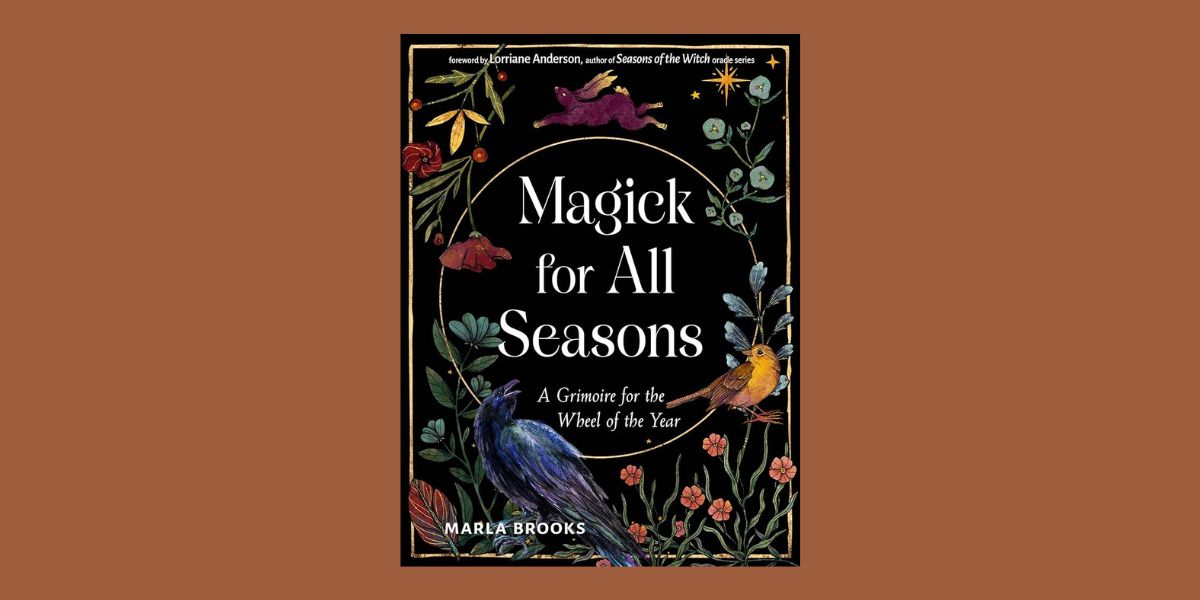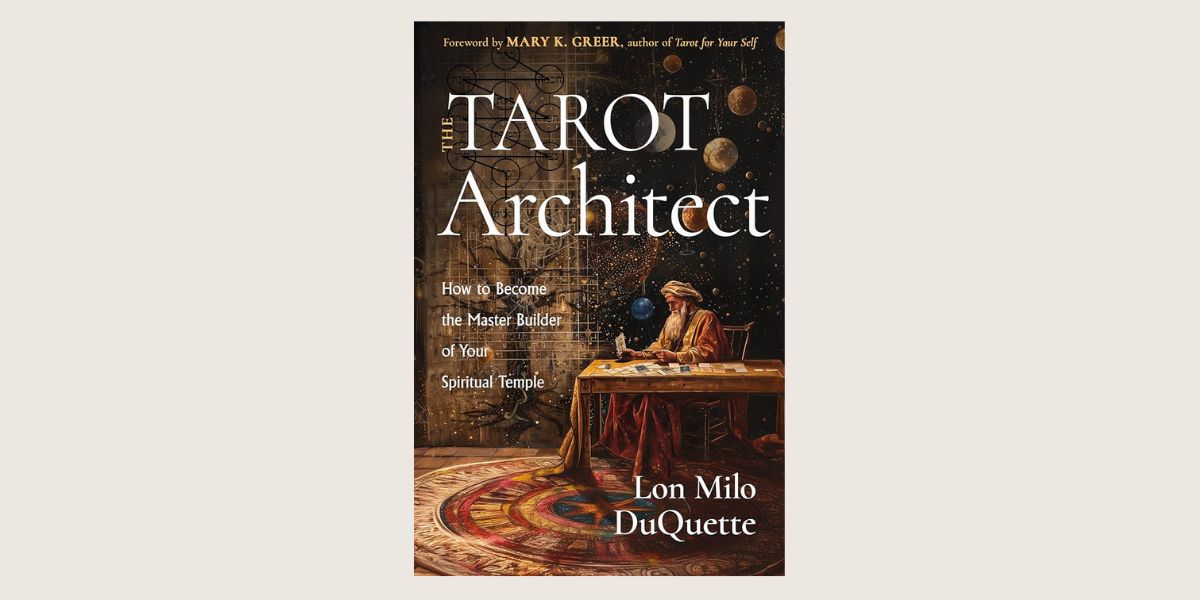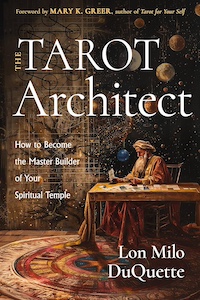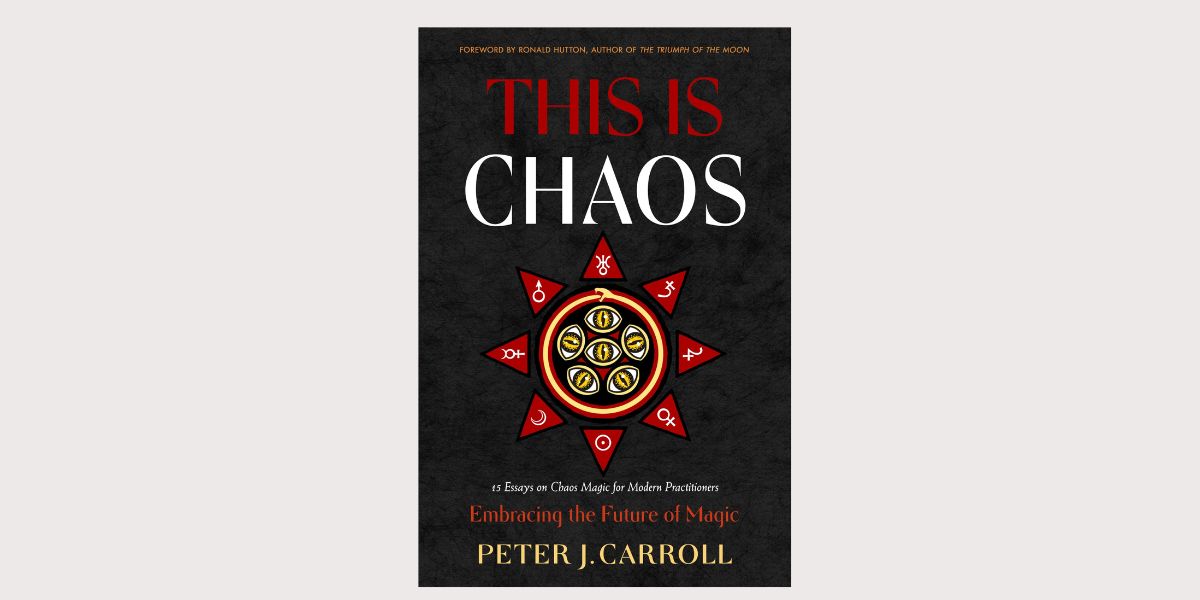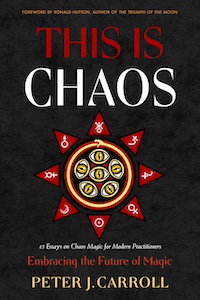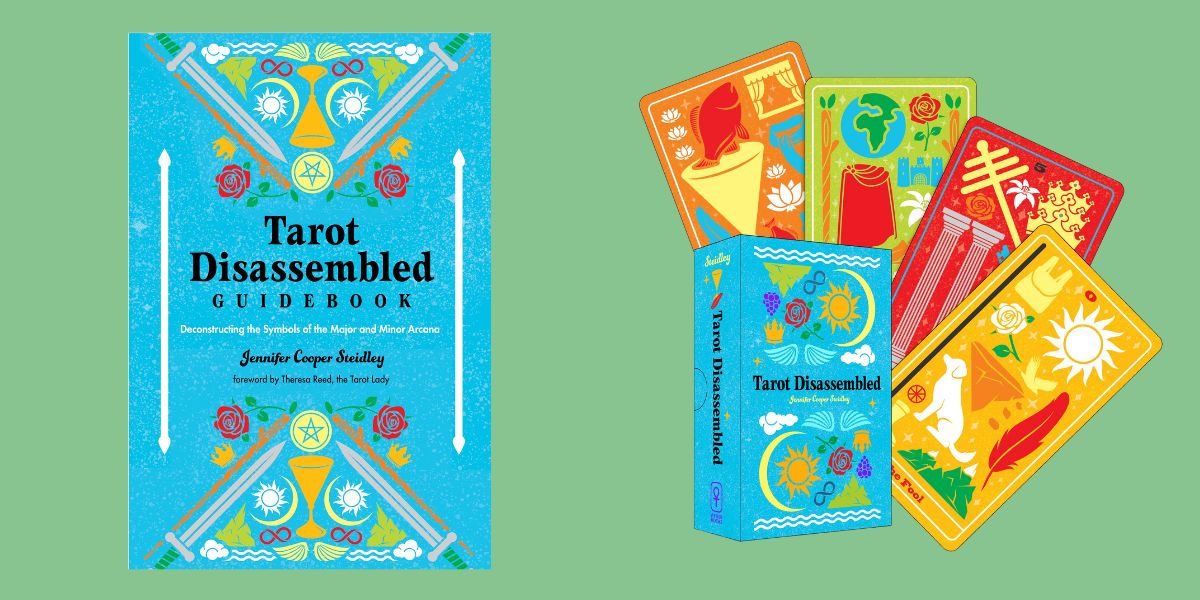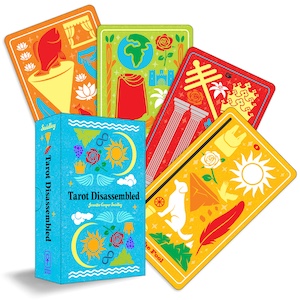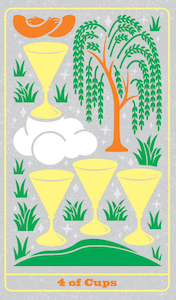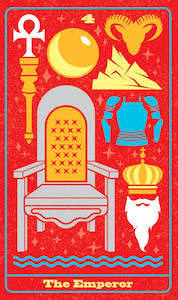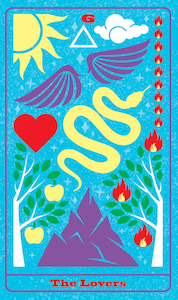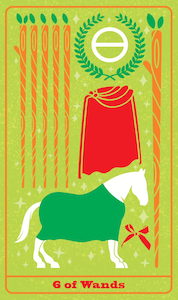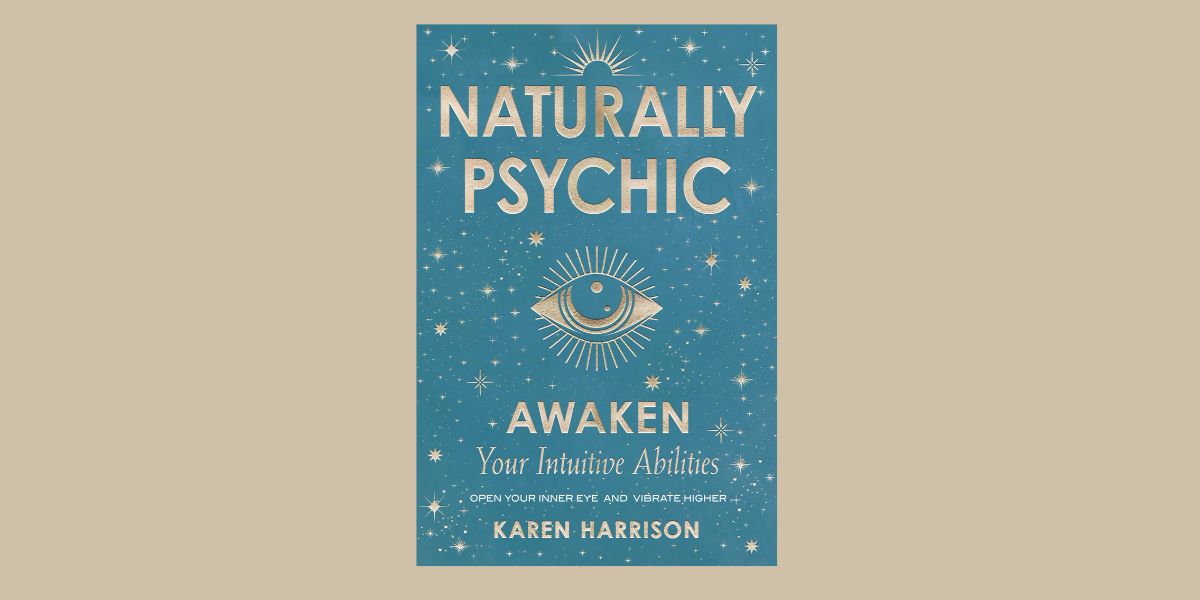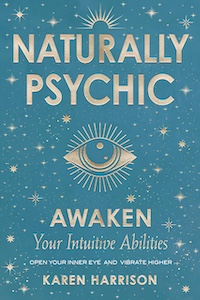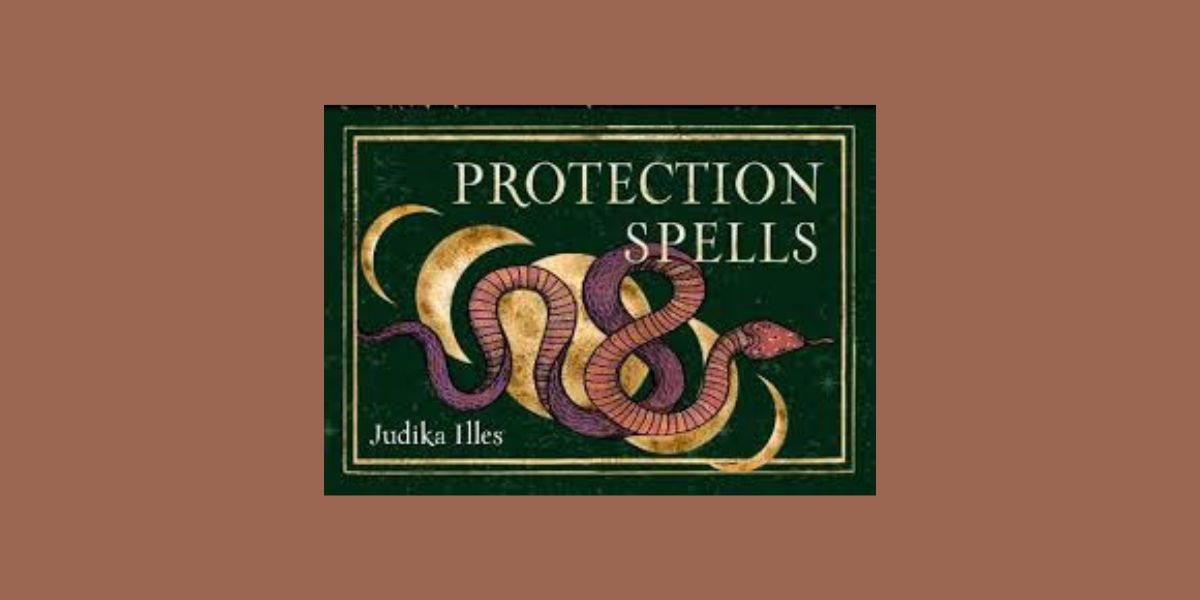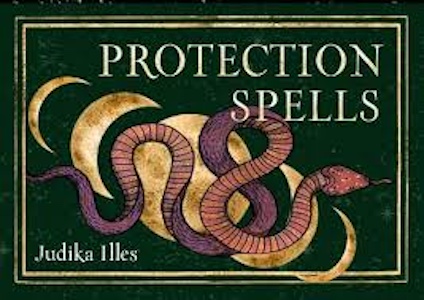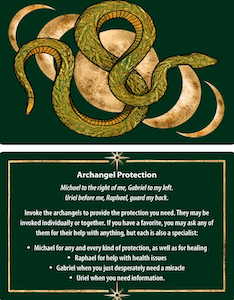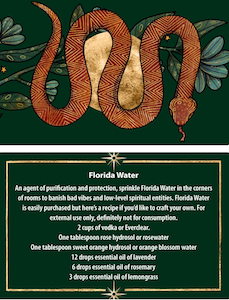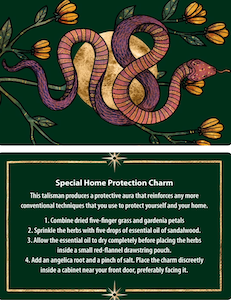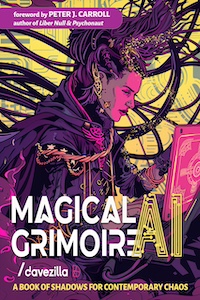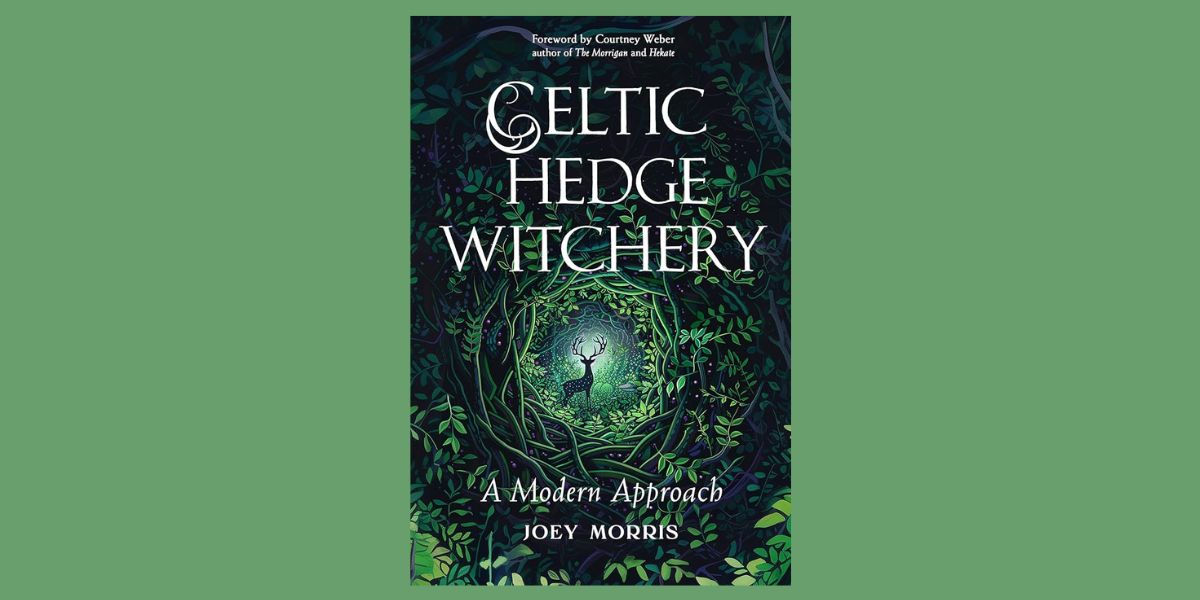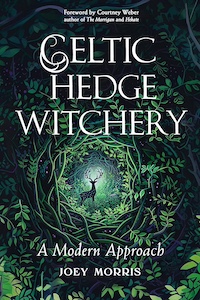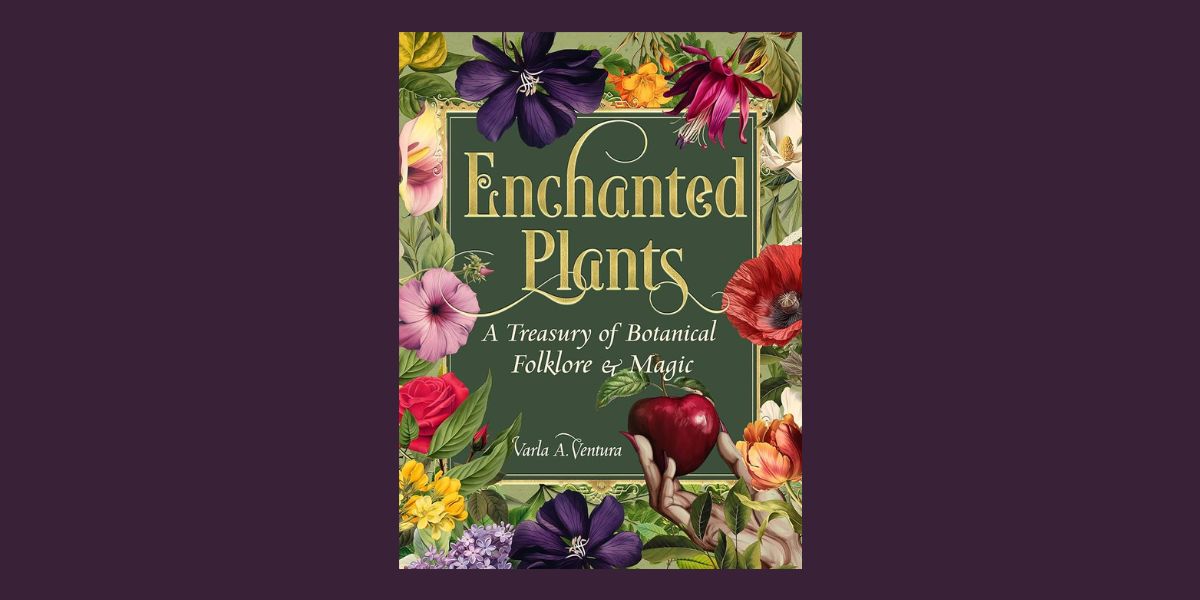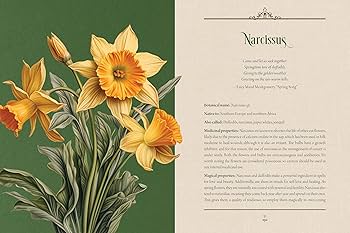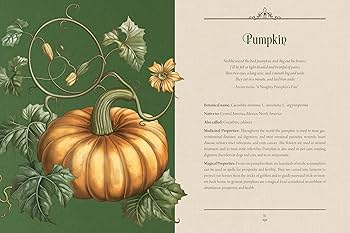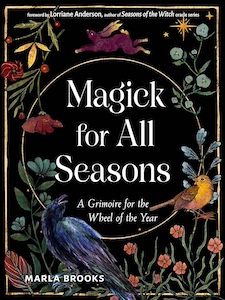
Magick for All Seasons: A Grimoire for the Wheel of the Year, by Marla Brooks
Weiser Books, 157863850X, 256 pages, September 2025
Looking to follow the path of the Wheel of the Year more closely to celebrate the eight pagan sabbats? Magick for All Seasons by Marla Brooks is a hands-on, welcoming guide to weaving magic throughout the year to mark the shifting energies of the seasons. Brooks’ use of multigenerational wisdom coupled with her decades of experience as a witch create the perfect blend of a traditional and modern spin on magic.
In the book’s dedication, Brooks introduces readers to her Great-Grandma Sophie, a wise woman and witch. Throughout the book, Great-Grandma Sophie offers her own insights, providing readers with an additional point of view. Brooks even warns readers they might feel Sophie’s presence as they move through the book, as the grimoire of seasonal magic is both influenced by her and dedicated to her. I enjoyed this spiritual connection and made a point to thank Sophie and welcome her energy each time I started a new chapter!
“The Wheel of the Year is a term that is used to refer to the changing of the seasons. Each season is marked by a series of holy days called sabbats to honor the qualities of each time of the year, life’s lessons as revealed through nature, and our relationship with the god and goddess.”1
Starting with Samhain and moving through Mabon, Brooks guides readers through the energies of the sabbats, along with a variety of ways to make use of the energy of each season. While every sabbat has its own energetic rhythm, as reflected in the content of each part, Brooks has a general format that stays consistent throughout.
She begins by sharing background information about the sabbat, including its significance, history, and magical practices good to do at that time. She also includes a list of symbols, activities, incense, spell works, deities, gemstones, trees/fruits/herbs, animals, and colors associated with the sabbat. From here, she further goes into seasonal activities, spells, and concludes with recipes.
My style is quite mix and match eclectic, so I especially appreciate the variety of ideas Brooks shares. Her multi-faceted approach to working with seasonal energies, from practical things to cleanse the home to delicious treats that can be made, provides plenty of avenues for magical practitioners of all kinds to find something that resonates with how they want to honor the sabbat. With so many options, readers will easily be able to draw new inspiration year after year, picking out what’s speaking to them most at that time.
I began reading this book right before Lughnasadh/Lammas, so it was this part I dove right into. In this section, Brooks guides readings in crafting a magical wand, offering the personality and use of many types of bark, along with how to make a manifestation box. Aligned with the energy of this season, many of the spells focus on attracting money and decluttering one’s mental/energetic space.
As I mentioned before, Brooks has a playful sense of humor and often incorporates modern holidays into the spellwork. Apparently, August 26th is National Toilet Paper Day in the United States, so she shares a spell to flush your troubles away! I absolutely plan on doing that one tomorrow!!
As a natural planner, I’ve also picked out some of the spells from the book that I am excited to do now through the end of the year (trying not to get too ahead of myself!):
Mabon 🍂
• The Magickal Apple (to welcome the season)
• A Nutty Prosperity Spell
• Autumn Leave Wishes
• Keeping House Spirits Happy
• Bake Saint Jan’s Bewitching Banana Nut Tree Bread
Samhain 🎃
• Jack-O’-Lantern Spell
• Samhain Renewal
• Thanksgiving Spell of Appreciation
• Create an Ancestor Candle
Yule 🎄
• Wish upon a Pinecone
• Holiday Protection
• Throw the Snow!
• Leave the Year Behind
And all of my current picks are only a few choices within each section, leaving plenty of other things to try out another year!
What I really appreciate about this book too is how Brooks writes about different topics throughout, so it’s an interesting read even if you’re not in the current season. For instance, all the birthday magic spells are in the Samhain section (I’m guessing because it’s the first section?). I was glad that I took the time to go through all the sections, even though I’m in a different time of the year, to discover the gems hidden within.
For instance, at the end of the Mabon section, there’s a few pages dedicated to historical witches where Brooks shares a mini-biography of these spiritual ancestors. Within Samhain, Brooks covers different types of divination, such as cartomancy, and offers an overview of astrological signs. Ostara teaches how to cleanse, consecrate, and charge magical tools. And Yule has a whole list of birthstones for readers to find out more about theirs. These magical insights are useful year-round, so the text makes for a good read regardless of season.
Overall, Magick for All Seasons shines as a warm, accessible, and inspiring seasonal grimoire. Brooks strikes a lovely balance of infusing folklore, magical activities, and ready-to-use spells with seasonal depth. Almost all the ideas in this book can be done with a few tools or ingredients, making it easy to integrate magic organically into daily life and seasonal observances. The approachable recipes, spellwork, and exercises offer a fresh take on natural alignment, providing inspiration on how to make the most of each sabbat.
This book is definitely a kitchen-table companion: one reader can return to again and again as your seasons shift and your practice evolves. I know it’s going to continue to be one of the books I reference each sabbat when planning out my magical intentions for celebrating and working with the energy of each season.
Alanna Kali is an astrologer, numerologist, and pioneer spirit that loves to explore life through the lens of depth psychology. She has a passion for studying the humanities and social trends. Her academic work is centered upon reuniting body, mind, and spirit through eco-psychology. She loves reading, spending time in nature, and travel.
